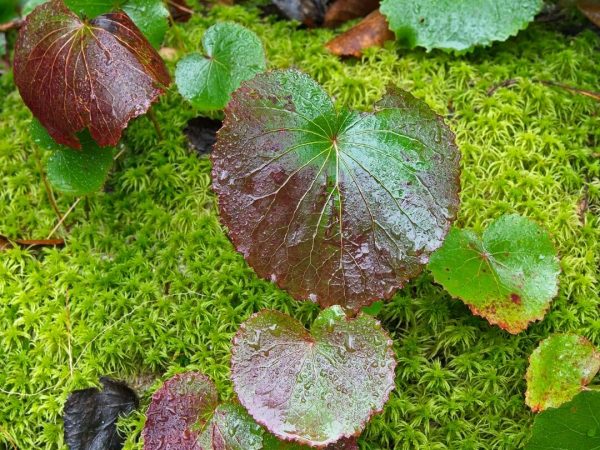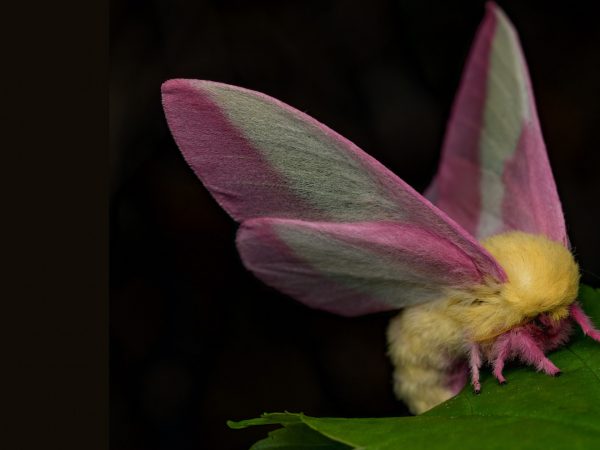Scientists have figured out how extinct giant ground sloths got so big and where it all went wrong
Most of us are familiar with sloths, the bear-like animals that hang from trees, live life in the slow lane,…
Read More
A plant you’ve never heard of can do what scientists once thought impossible
About 3.7 billion years ago, a string of naturally occurring molecules — the same kind that astronomers have found in…
Read More
Thorny skates come in snack and party sizes. After a century of guessing, scientists now know why
When Jeff Kneebone was a college student in 2002, his research involved a marine mystery that has stumped curious scientists…
Read More
A 62-million-year-old skeleton sheds light on an enigmatic mammal
For more than 140 years, Mixodectes pungens, a species of small mammal that inhabited western North America in the early…
Read More
Moths may use disco gene to regulate day/night cycles
How does one species become two? If you’re a biologist, that’s a loaded question. The consensus is that, in most…
Read More
Building a roadmap to bioengineer plants that produce their own nitrogen fertilizer
Nitrogen fertilizers make it possible to feed the world’s growing population, but they are also costly, harm ecosystems and require…
Read More
Florida fossil porcupine solves a prickly dilemma 10-million years in the making
There’s a longstanding debate simmering among biologists who study porcupines. There are 16 porcupine species in Central and South America,…
Read More
Vast DNA tree of life for plants revealed by global science team
A new paper published today in the journal Nature by an international team of 279 scientists led by the Royal…
Read More
Head lice evolution mirrors human migration and colonization in the Americas
A new analysis of lice genetic diversity suggests that lice came to the Americas twice – once during the first…
Read More
Frogs were Florida’s first-known vertebrates from the Caribbean
Deep in the forests of Haiti lives the blue-eyed La Hotte glanded frog (Eleutherodactylus glandulifer), which once went 20 years…
Read More









